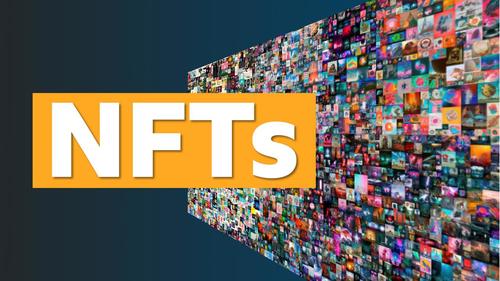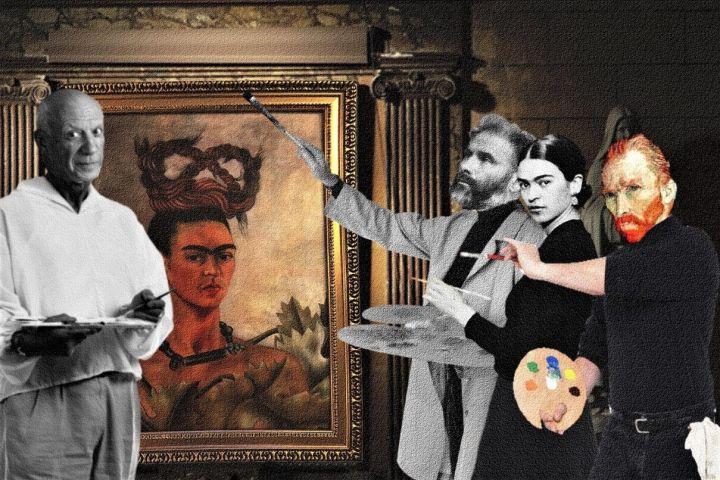Chuck Butler, 26 April 2021
Good Day… And a Marvelous Monday to you! Well, did you tune in for the panel discussion that I participated in last Thursday? I thought it went pretty well, and I thoroughly enjoyed doing my bit, that’s for sure! I hadn’t seen Mary Anne and Pamela Aden for a few years, and afterward, I had the thought that maybe they had found the fountain of youth, for they looked the same to me, as they did the last time I saw them in Orlando, years ago! And Omar spoke as well as he writes, which sometimes is a tough trick to pull off… And as far as I’m concerned, I have fun speaking, even more, than I do writing… not that I do either of them very well, but I have fun! Gerry & The Pacemakers greet me this morning with their song: Ferry Across The Mersey… I used to sing this song to Alex when he was a toddler to get him to sleep… Alex is nearing 26 this summer, so that tells you how long ago that was! Continue reading “Article: The mania phase, we’re in it”

 The sale last month of a digital piece of art for a near-record price raises new questions about a technology that the financial sector sees as offering great opportunity.
The sale last month of a digital piece of art for a near-record price raises new questions about a technology that the financial sector sees as offering great opportunity.  Non-fungible tokens, or NFTs, are changing the way we think about art (and other collectibles), and in 2021, investors have started to take notice. As Decrypt writes, in the last year, NFTs have shot to the forefront of the crypto space. The cryptographically-unique tokens make it possible to create real-world scarcity for digital objects, and artists have seized on the opportunity presented by the technology.
Non-fungible tokens, or NFTs, are changing the way we think about art (and other collectibles), and in 2021, investors have started to take notice. As Decrypt writes, in the last year, NFTs have shot to the forefront of the crypto space. The cryptographically-unique tokens make it possible to create real-world scarcity for digital objects, and artists have seized on the opportunity presented by the technology. While non-fungible tokens (NFTs) are certainly the big thing in crypto at the moment, they aren’t without their problems. Aside from accusations of hype and faddishness, NFTs also raise the familiar and thorny issue of money laundering.
While non-fungible tokens (NFTs) are certainly the big thing in crypto at the moment, they aren’t without their problems. Aside from accusations of hype and faddishness, NFTs also raise the familiar and thorny issue of money laundering.